I’ve been a professional writer for twenty-five years. You’d think I’d have all kinds of practical advice to give people about my profession, but actually, everything I know about writing could fit in one newsletter and this is it.
It’s weirdly hard to figure out how to navigate the process of writing a book, and the publishing experience is even more mysterious and confounding. So I thought I’d round up the best advice—and advice-givers—I know, and share it all right here.
And if you have more questions about the writing process, or the puzzling world of publishing, put them in the comments! I’ll do my best to answer them.
First, the shortest possible introduction to my writing career
I didn’t go to college to be a writer. I intended to be an English major, but ended up as an anthropology major. I didn’t know about MFA programs in creative writing, and in fact, there weren’t many of those back in 1990. I got a masters degree in community and regional planning, and worked as a grant writer in affordable housing until I quit to write full-time.
(Oh, here’s one piece of advice I can share: I didn’t quit my day job until I had a year’s worth of living expenses in the bank. It took me three books and six years to get there. I saved every penny I earned from those three books, along with truly meager earnings from freelance writing gigs. I never touched the writing money while I had a day job. Fortunately, we had very low overhead and no kids, so it only took me six years to save up enough to live on for a year.)
My first book was published when I was thirty-one, and my fourteenth book is due out next month. Over the years I’ve supported myself through a combination of book writing, speaking gigs, a little freelance writing, and a bit of teaching, most of it online. My books have been on the New York Times bestseller list, they’ve won awards, and they’ve landed me on NPR, CBS Sunday Morning, Good Morning America, and many newspapers and magazines.
Okay, that’s enough about me. On to the best writing advice I can share!
My Favorite Writing Advice Givers are (Mostly) on Substack
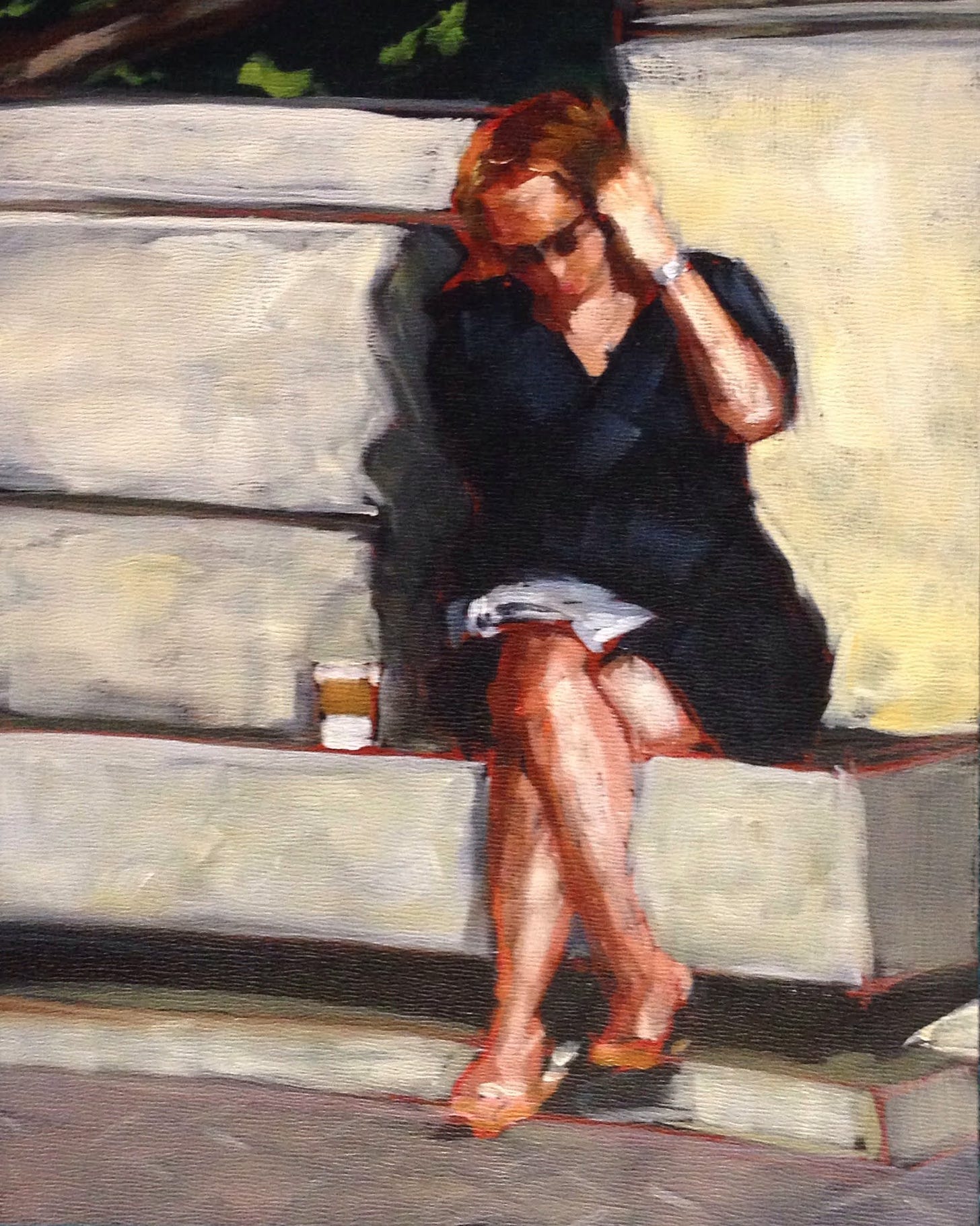
I’ve been sending aspiring writers to
for years. Her publishing industry newsletter, The Hot Sheet, is not here on Substack, but I wish it was. She also has a free newsletter, a book called The Business of Being a Writer, a blog, and online classes. Go dig into her website! You’ll find so much useful, reputable, and reliable information.I was so happy to see
join Substack with a newsletter named after her book, . She has built a fantastic community of writers, and offers all kinds of extra advice, workshops, and personal attention to her paid subscribers. She also teaches online classes, does one-on-one coaching, and holds writing retreats. So much! She’s terrific. If you’re a writer, you should get to know her.And for writing inspiration and the motivation to keep going, there is no one better than
and her newsletter . Jami and I shared a publisher for a while, and our paths crossed in a few cities now and then, so I got a chance to know her and to know what an incredibly generous, kind, and wise person she is. It’s been so much fun to watch her #1000WordsofSummer project go from a hashtag on Twitter to encourage writers to sit down and write a thousand words a day over the summer, to a newsletter, to a book called 1000 Words: A Writer's Guide to Staying Creative, Focused, and Productive All Year Round, to a yearly communal writing event that is actually going on right now as we speak. Every day, a different writer offers inspiration and guidance to keep you going. It’s wonderful! Check it out.My Favorite Writing Books
I made a list of some of my favorite books about writing, including the ones I mentioned above, right here on Bookshop.org, where your purchases help support independent bookstores.
I do have a little bit of writing advice for you
A few years ago, I made a series of online classes that attempt to answer the most common writing questions I’m asked. They’re on this page—just scroll down past all the art classes and you’ll see a section of writing classes. Here are just a few of the tips and tricks I pass along in those classes:
On getting started: If you have an idea for a book and you don’t know where to start, do not sit down and try to write page one. You’ll almost always rewrite the beginning once you get to the end anyway. The first thing you write doesn’t matter at all. Instead, find a four-week window of time when you’re not going to be terribly distracted by major life events and go buy a giant pack of index cards. Every day, spend some time writing down everything you know about your book idea. Just write on bit of info on each card, whether it’s a tiny detail or a grand concept. One card might say “World War II” while another card says “shoelaces made of hemp twine.” Fine. Make hundreds of cards. Just keep going, every day. Get it all down. Once you’re done, you’ll be surprised at how easily these cards tend to organize themselves, and you’ll have a rough outline of the book you want to write. (There’s more to this idea, that’s just the beginning.)
On getting stuck: Once you’re writing, do not sit and torture yourself when you’re feeling stuck. Skip ahead and write another section. Or write a scene you know you’ll never use. Do not stay in the stuck place! Do not power through! Writing is not like weight-lifting, where you have to hit a wall in order for you to improve.
The opposite is true: The more time you spend writing in a way that feels free and unstuck, the less you will feel stuck going forward. That’s the muscle you want to built up. Later, you’ll see why you felt stuck and you’ll know how to fix it.
On interviewing: If you have to interview people for your book, go beyond fact-gathering to ask them how they felt or what they learned. But don’t ask it like that—they’ll feel put on the spot. Instead, float out a theory: “So when you realized that X had happened, did you feel like the whole thing had gone off-course?” They might say yes, or they might say no, and then they’ll tell you exactly what they did feel. Having someone say, “No, it wasn’t like that, it was like this” is incredibly useful.
On revising: My class on rewriting and revising has turned out to be one of my most popular, mostly because not many people teach this. I have very specific ways that I approach revisions so that I’m not just starting on page one and reading and marking up the manuscript. Here’s one of many types of revisions I do: when I’m near the end, about to turn the book in, I print it out, double-spaced, shuffle the pages so they’re out of order, and pick up a page at random. I look for the worst sentence on that page, and I turn it into the best sentence on that page.
I’m not talking about cleaning up grammar here and there—I’m talking about clunky dialogue, lazy descriptions, flat, boring exposition—find the terrible thing and make it fabulous. Make it a little joyful gift to your reader, that dazzling moment that will take their breath away. This is difficult work and it should take you some time. I can do maybe ten pages a day of that kind of revision.
On publishing: Once your book is in the publicity and marketing phase, write your own Q&A with the author. Basically, interview yourself, asking yourself all the most interesting questions you’d like to be asked in an interview. Don’t wait for your publisher to ask you to do this. Just do it and give it to them. I post these on my website for book clubs, media, people booking me for talks, etc. Here’s one I wrote for my new book.
There are dozens more tips and tricks like this in my classes.
I also answered some FAQs about publishing
A few years ago, I also made a series of videos in which I answered questions that you, the readers of this newsletter, asked me about the publishing process. Go here to see the entire series.
Do you have questions about the writing and publishing process?
Put them below! I’ll do my best to answer.
Paid subscribers are mixing GREENS
We’re starting a four-week journey into painting TREES this week. To begin, I’m encouraging you to really work out how to paint a wide variety of greens so that your trees look distinct and different from one another. If you’re not into watercolor, you can do this with markers or colored pencils, which we’ll be using more of next week as well.
A subscription costs about as much as you’d pay for a couple of pencils, and you get access to the full archive of art lessons when you join. Plus, it helps to keep the lights on around here, which I very much appreciate.
The Bit at the End
Order a SIGNED copy of my new book, The Tree Collectors: Tales of Arboreal Obsession, from Broadway Books in Portland, OR.
Come find me on Instagram, or see paintings for sale- Right here
Order signed copies of some of my books from my husband’s bookstore, or order my books and many books I love at Bookshop.org
Take one of my online writing or art classes here




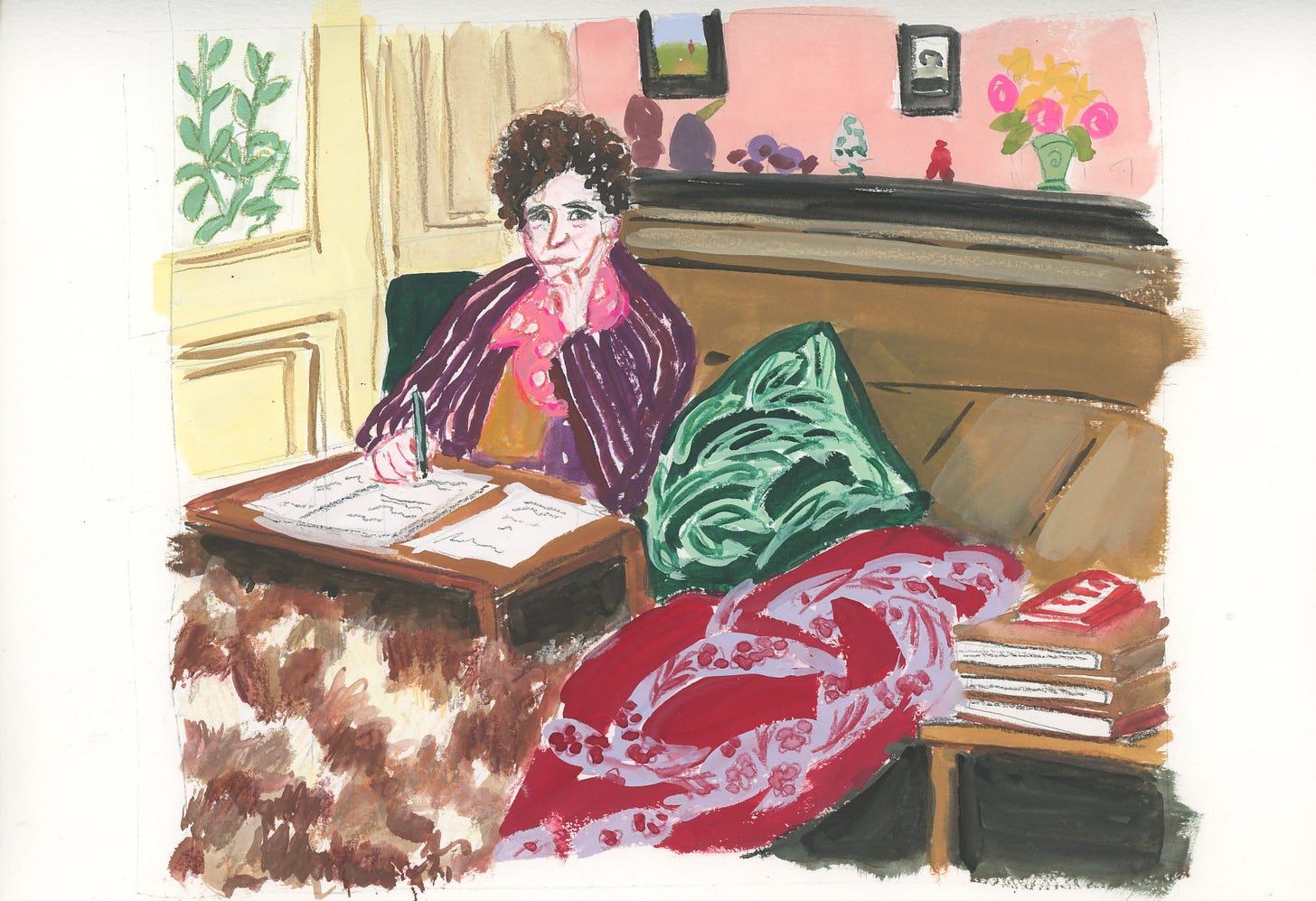
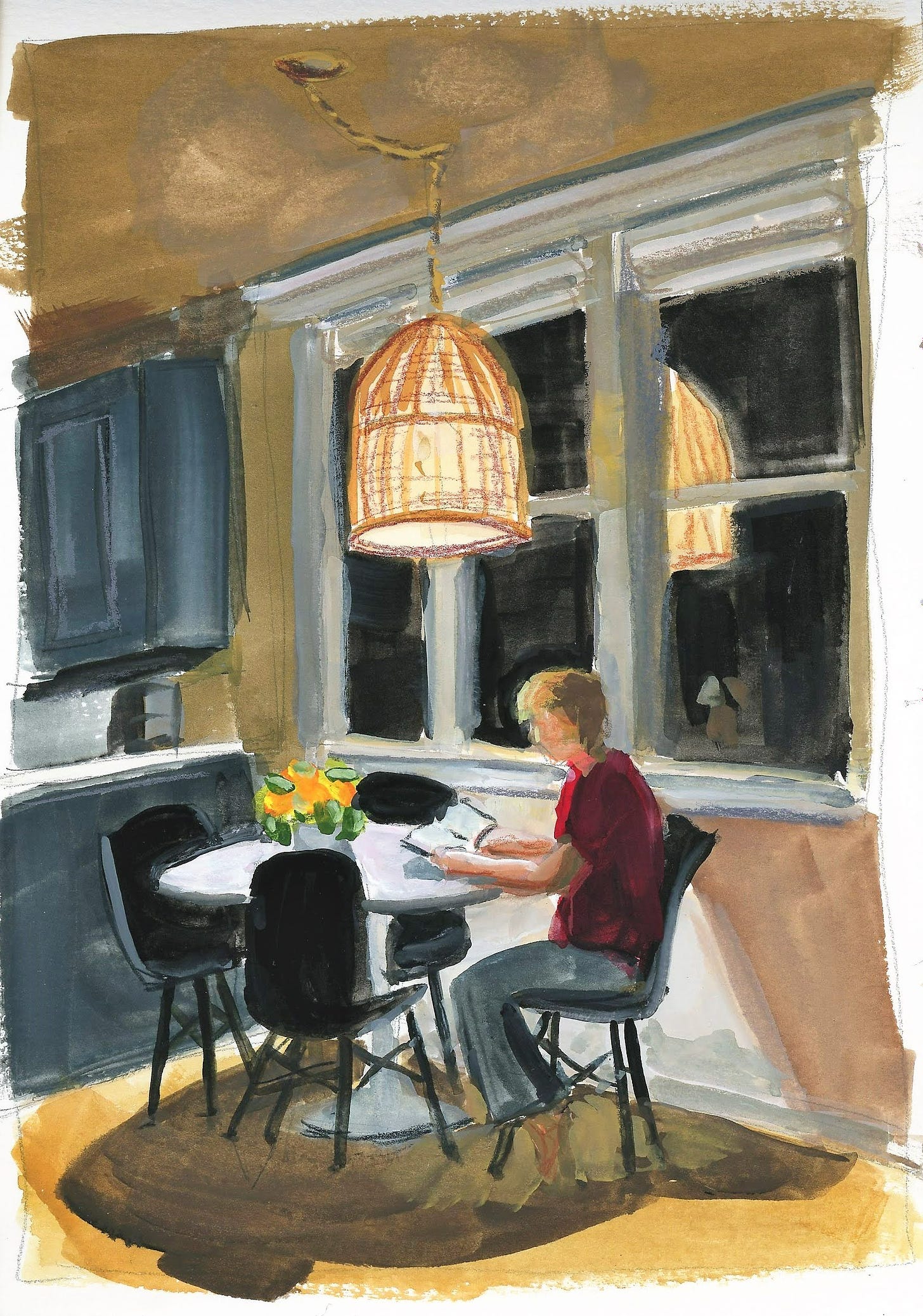
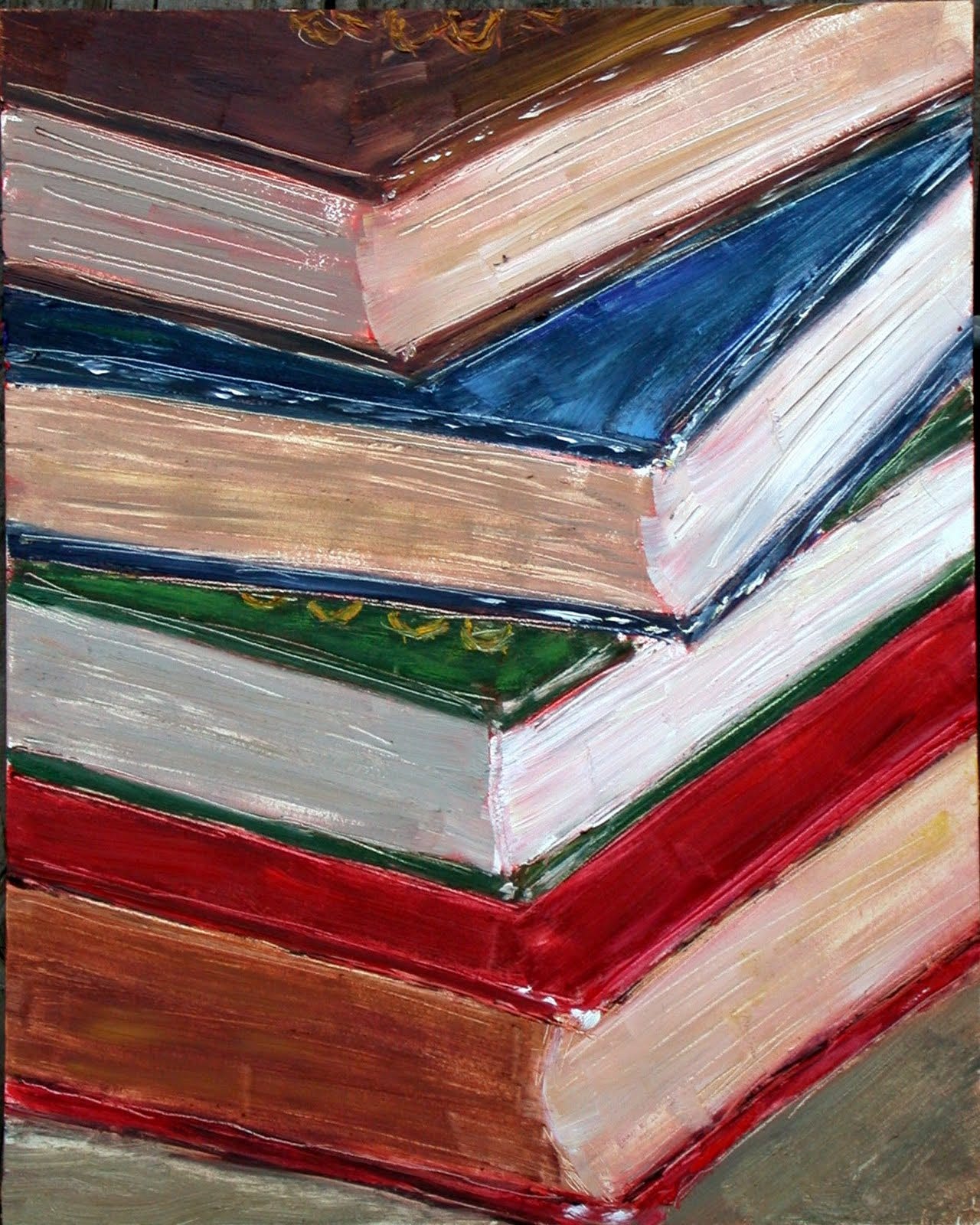
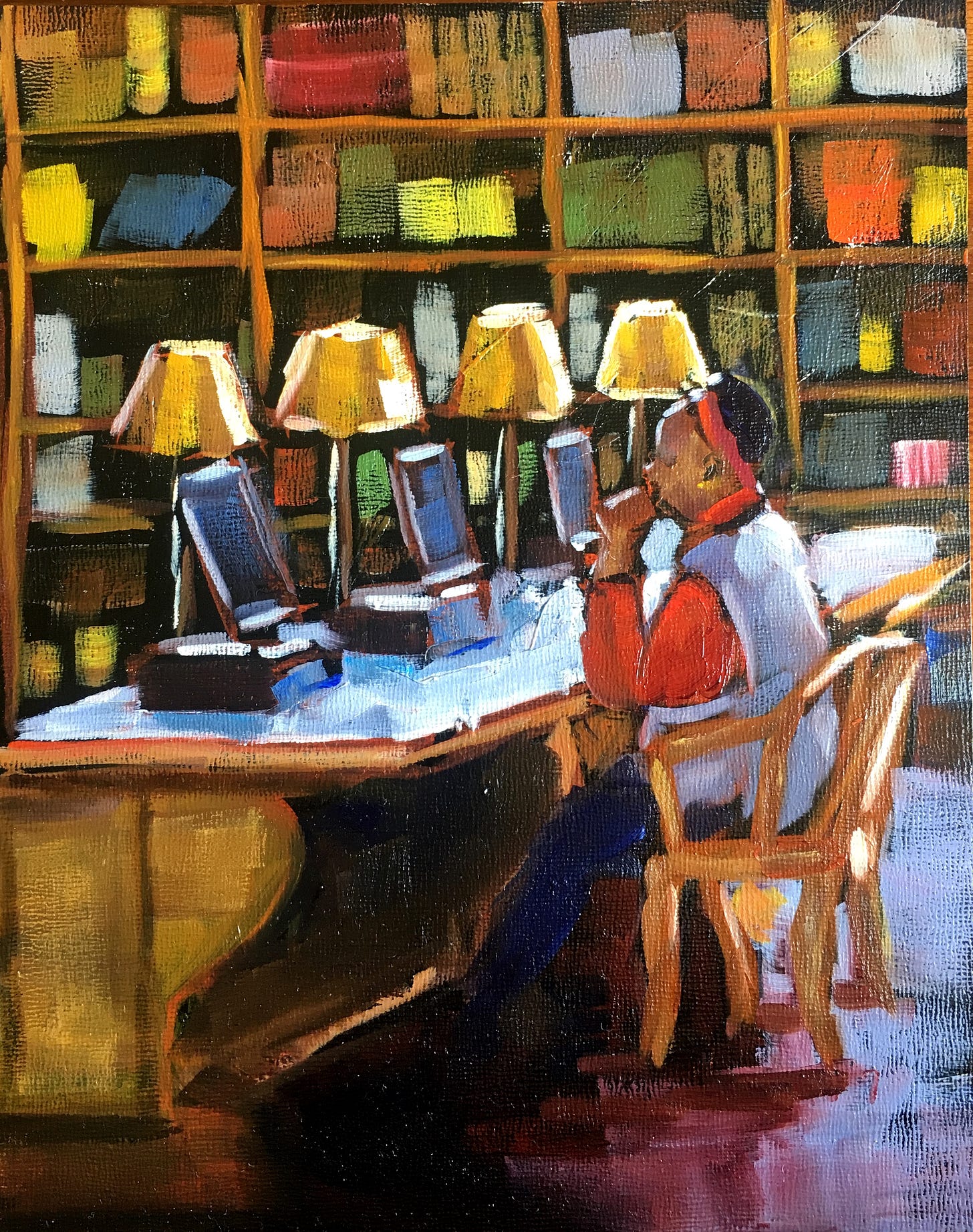

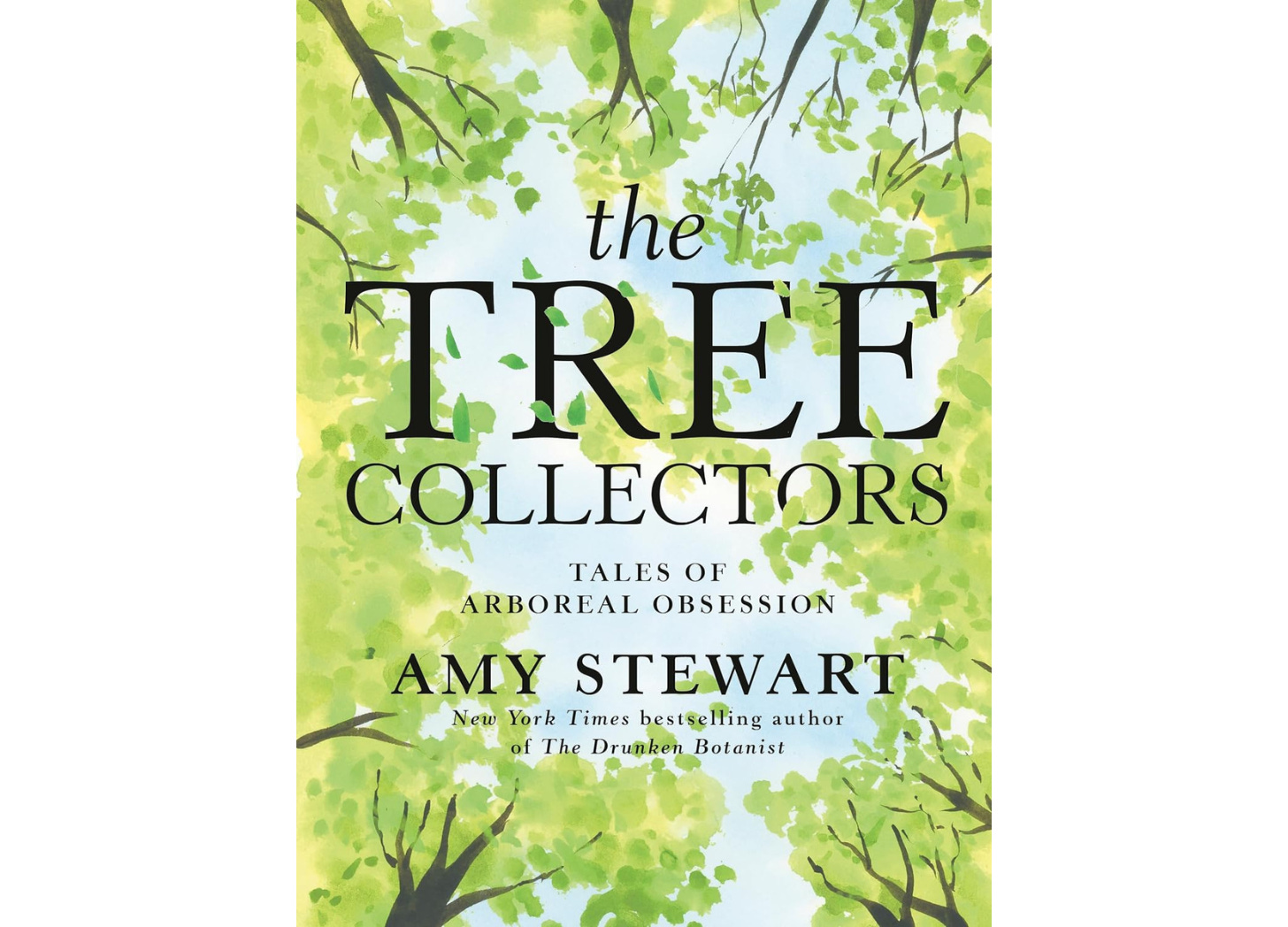
Hi Amy, I'm not about to become a writer, but I did find the index card methods for terms papers in my college days. I'm writing to say that you are the most generous advice-giving writer, artist, curious investigator, and general Renaissance woman around. Thank you for your infinite generosity!
Thank you so much for putting me in such marvelous company with Jane and Jami! xoxo